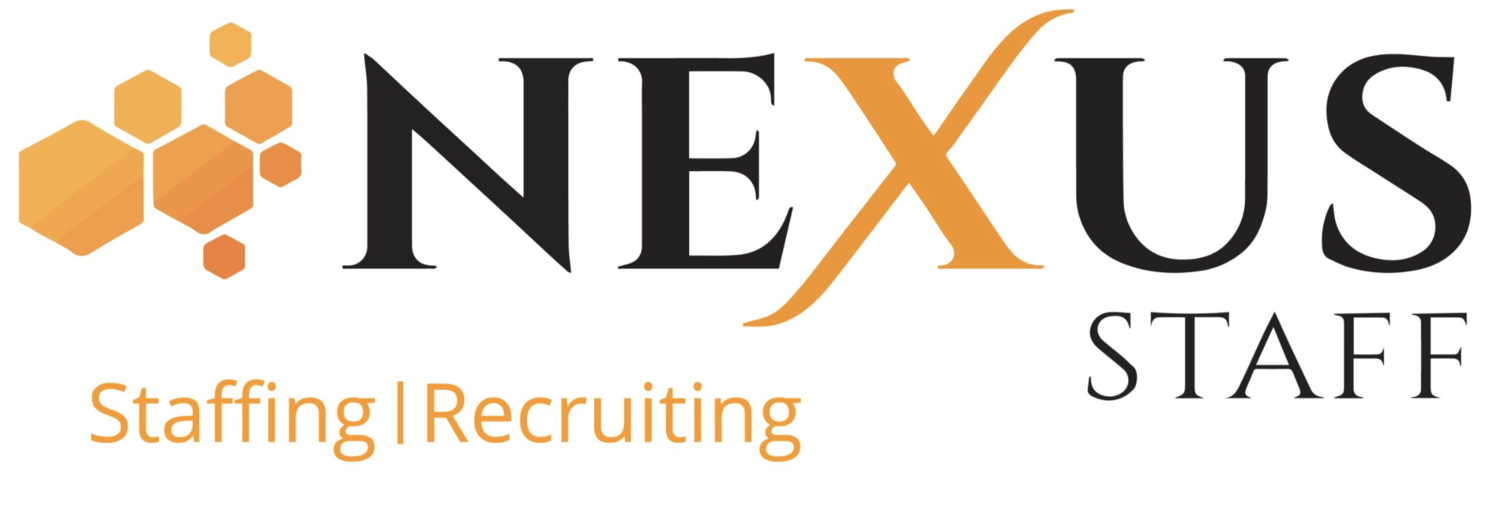Flexible Workspaces Can Make All The Difference in Your Next Hire
Whether you are looking for your next great employee or looking to retain your current employees, companies are having to explore attractive offerings to stay competitive. Employee benefits are not just about compensation and investments, they are becoming more about lifestyle.
Flexible Workplaces are becoming one of the major items on the list for top employees. Though at first they might seem daunting to implement and utilize, flexible workplaces can be the solution to attracting a stronger workforce and keeping them happy.
There are a variety of arrangements to consider when setting up a flexible workplace. Telecommuting and only asking employees to come into the office on certain days is one option. Another is compressed work weeks where employees work longer hours to get a consistent day off every one or two weeks. Job sharing, where two employees work part-time to fulfill one full-time position, is also an option. These arrangements can also be temporary where employees have a flexible schedule during important life changes such as birth of a child, adoption, or a death in the family.
It’s understandable that you might hesitate before considering or implementing a flexible workplace. Considerations need to be made for team dynamics, perception of employees who work a traditional schedule, and oversight of employees that won’t work under your physical supervision. Here are some recommendations for how to keep these concerns at bay:
Create open communication with teams. This could include regular check in meetings with a set agenda to ensure sharing and setting clear expectations.
Define guidelines for flexible workplaces - it is always helpful for people to know in advance what the guidelines are so they don’t abuse the privilege. Think through how the flexible workspace employee will work and set guidelines that are appropriate for your client. For example, if a flexible schedule isn’t available to all employees, make it clear what qualifies some people over others.
Train management Ensure your managers understand what was agreed to upon hiring and engage them in the process for setting guidelines and communication. Gather feedback from managers and employees over a set period of time and allow for some adjustments based on what you learn. A trial period is recommended.
Implementing a nontraditional workplace can improve productivity, job satisfaction, and employee health. In terms of telecommuting, there are definite benefits for the employer.
Free from office distractions and aware that they are utilizing a privilege, telecommuters can actually work more and produce better work when working from home.
Should something happen at the office that prevents work, there are employees elsewhere that can keep the business running.
Parents are sure to appreciate the ability to set their shifts around childcare capabilities and will want to stay with a company that respects their lives outside of work.
When it comes down to it, flexible arrangements are about hearing your employee’s needs and working with them to find a way to have a win-win situation. To learn more about what potential candidates are looking for in their next role, click the image below to sign up for a free job market analysis.


